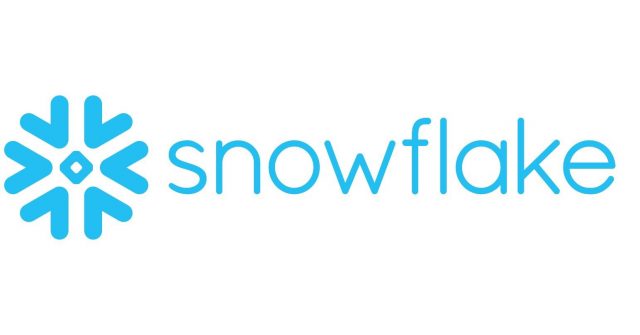In the past 10 years, the idea was that you had a Hadoop platform to acquire fast and economically insight from a range of data sources. The proposal for Hadoop-based data processing is that a single repository (the data lake) is flexible and capable of storing and analysing a range of sorts of data.
In fact, it’s not easy to analyse data with a Hadoop infrastructure. Hadoop platform starts with an HDFS file system or equivalent. Half-dozen software products then need to be combined only to give basic business-level capabilities and features such providing the necessary interface for the data examination and query, security, system administration, data protection, database management and data management.
The data warehousing created for the cloud offers numerous distinct features compared with the implementation and management of Hadoop – a standard onsite data warehouse.
Snowflake – A Good Alternative
Snowflake, created to serve the cloud, gives you a separate option to handle JSON and semi-structured data. A data lake can provide a rich insight, a minimal overhead and a cloud based data store.
Snowflake enables users to store tons of data, handle semi-structured and structured data together in a secure and cost effective manner. By using a standard SQL interface, it is easy to find value inside the data lake easily and to provide all your business users with data driven insights. It gives the advantages of organisations, but does not compromise with ease of use and fast analysis in data lake project work.
Unlike Hadoop, SnowfLake has been designed to fit the objectives of the data lake with a few architectural considerations in mind. Snowflake is a platform created from the ground to use the affordable storage available in the cloud, provide the on-demand computer capacity needed to power large data and allow semi-structured and structured data to be stored in one single location.
It can be a huge problem to share essential business data within a company. Many companies have established data marts to supply their business units with data from their data warehouses. Data marts contribute to reducing the analytical burden of the warehouse but also have important disadvantages:
- The consistency of the data is not ensured.
- Large cycles of Extract, Transform and Load of the data mean that data will not always recent.
- Manual changes and frequent maintenance of database can strain IT resources.
Snowflake data sharing overcomes these issues for businesses, subsidiaries and business partners who need to communicate their information in real time, across a range of business unit(s). Snowflake Data Sharing can be used by any company to:
- allow your whole business infrastructure to check all data from a single warehouse.
- Eliminate ETL, FTP and EDI operations which are time consuming and necessary to move the data to the traditional data marts.
- Provide regulated access within Snowflake’s built-in cloud-based data storage to specific databases, tables or rows.
Data is not moving with Snowflake Data Sharing. Due to Snowflake remote support, organizations have access across business entities, subsidiaries, channels and locations to a consistent and single perspective of the truth of the information analysis.




